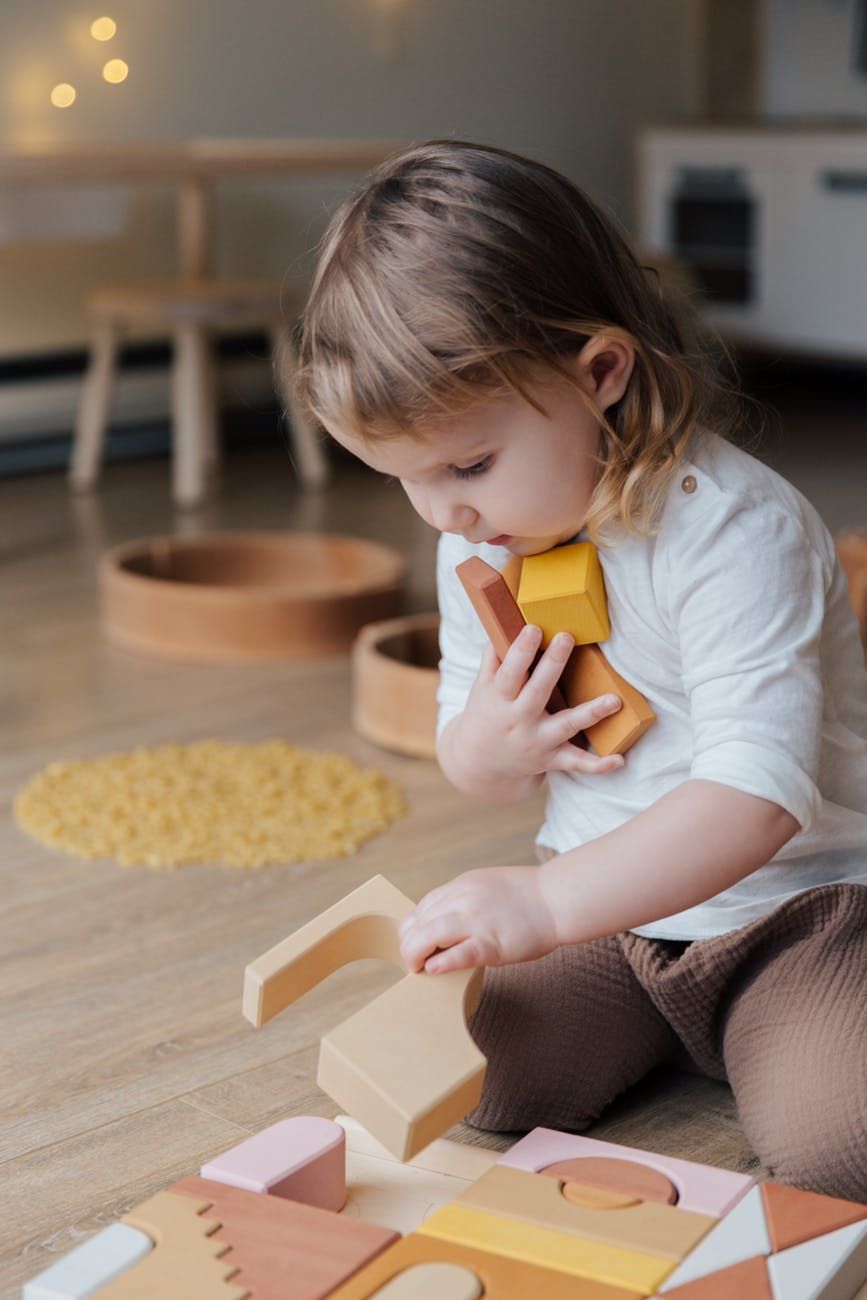
Stay safe and healthy!
1. Write a letter
2. Care for a pet
3. Make a phone call
4. Leave a voicemail
5. Take a phone message
6. Sew a button
7. Select a thoughtful gift
8. Admit a mistake with grace
9. Converse with an elder
10. Set the table
11. Clear the table
12. Load and unload the dishwasher
13. Give someone the benefit of the doubt
14. Iron a shirt
15. Introduce themselves
16. Hammer a nail
17. Have good table manners
18. Change a light bulb
19. Make scrambled eggs
20. Balance a checkbook
21. Do the laundry
22. Fix something
23. Garden
24. Open, close and lock windows and doors
25. Weigh the pros and cons
26. Dust
27. Use a fire extinguisher
28. Make a healthy salad
29. Write a thank you note
30. Make a smoothie
31. Clean the refrigerator
32. Vacuum
33. Hang a picture
34. Clean the bathroom, including the toilet and tub.
35. Budget their money
36. Save money
37. Notice the needs of others
38. Read a recipe
39. Play with a baby
40. Genuinely apologize
41. Plan a healthy meal
42. Wash dishes
43. Clean the kitchen
44. Refill a stapler
45. Write a check
46. Put air in a flat bike or car tire
47. Change a flat tire
48. Pump gas
49. Read a map
50. Find a book at the library
51. Check tire pressure
52. Seek help from an experienced person
53. Ask questions to get to know someone better
54. Wait and save for something
55. Fold the laundry












